There’s nowhere quite like Tokyo. Its five wards encapsulate multiple mini districts within their boundaries, each a world of their own. One moment, you’re exploring serene, centuries-old temples; the next, you’re in step with the thudding pulse of its high-tech hangouts. It’s a city you could spend a lifetime exploring and never get bored of, but to ensure its bustling streets don’t swallow you whole, our itinerary for 48 hours in Tokyo ticks off must-see stops on the tourist trail and introduces some lesser-known highlights. So here’s exactly what to see and do in Japan’s capital — just make sure you leave time for those spontaneous moments too.
FRIDAY: EVENING
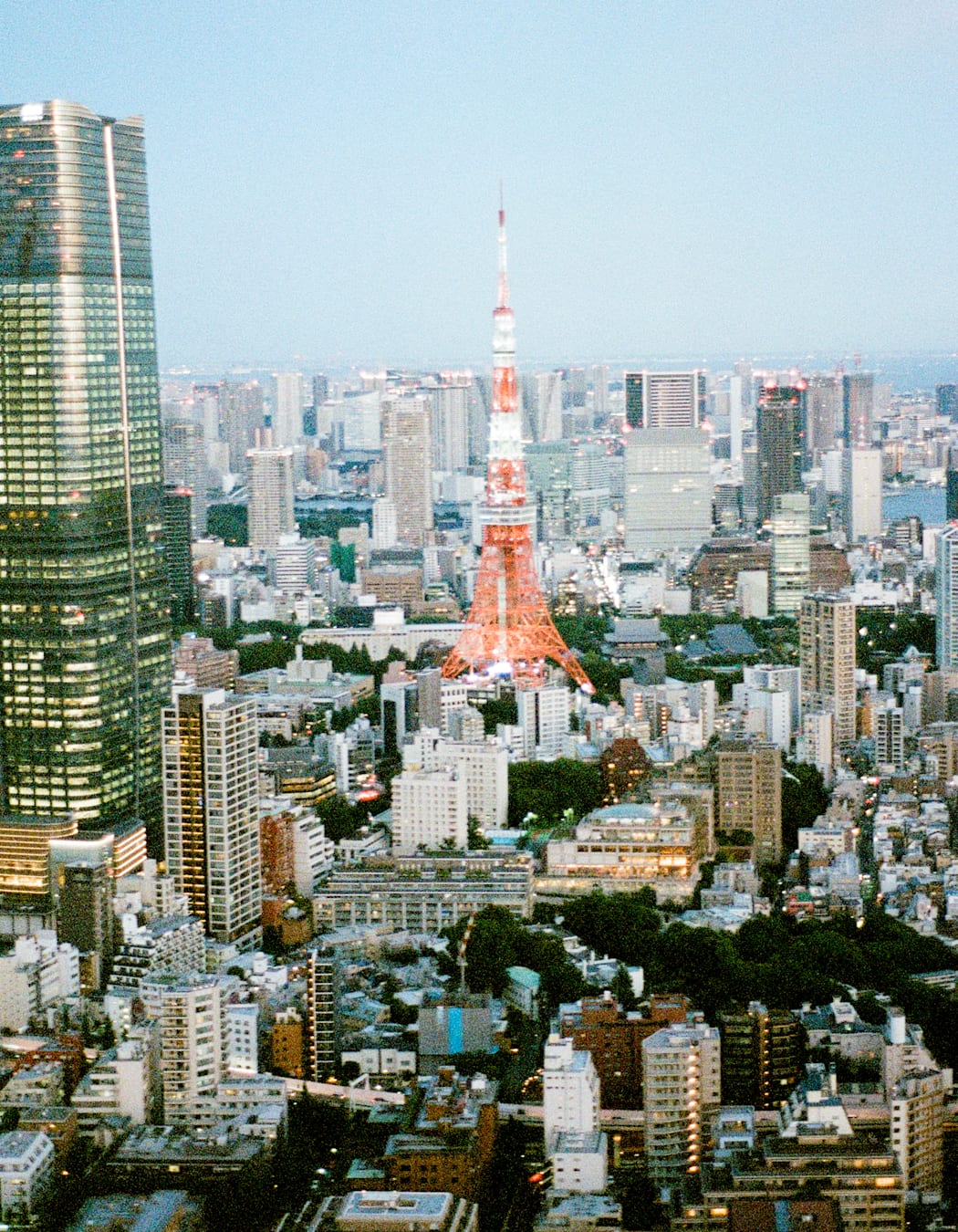
After touching down at either Haneda or Narita airports, which both serve Tokyo, centre yourself at Janu Tokyo (a youthful offshoot of the much-loved Aman brand), where minimalist rooms balance out the zen with a glimpse of the Tokyo Tower and all the buzz around it. The hotel is a masterclass in quiet luxury, and the bar welcomes walk-ins. Here, you’ll find grown-up mixology that’s spearheaded by legendary bartender Shuzo Nagumo, whose menu puts a new spin on the classics, offering salsa margaritas or a Mediterranean Collins.
Then get up to speed with your surroundings in very pacy style by heading to one of the busiest intersections in the world: the Shibuya Crossing. The scramble feels chaotic from down below, but taking the time to people-watch from a bird’s eye view is oddly cathartic. Skip the line at Starbucks’ famous viewing floor — where it’s nearly impossible to find a window seat — and head one storey up to the Share Lounge for access to unlimited food and drink (including alcoholic options for an apéritif or two) within a paid time-slot, plus power-points and battery packs.
For dinner, recent addition to the Michelin guide Yakitori Moe is a 10-minute walk away. Open until 2am on Fridays, this lively subterranean eatery and bar is a class opening act for your culinary tour of Tokyo. Sit at the counter to watch chefs cook skewers loaded with every part of a chicken — from gizzard and skin to thigh and breast — over smoky coals. Each dish is crafted with a singular focus, showcasing the remarkable potential and versatility of just one seemingly humble ingredient.
SATURDAY: MORNING
Power through any jet-lag with an early morning start at Tsukiji Hongwanji Café Tsumugi. This contemporary café is found on the forecourt of a 400-year-old Buddhist temple and serves a breakfast comprising 18 small sacred offerings, including tofu with sesame, miso soup and rice porridge. Find a table near the expansive windows for an ideal vantage point to take in the everyday goings-on at this religious site.
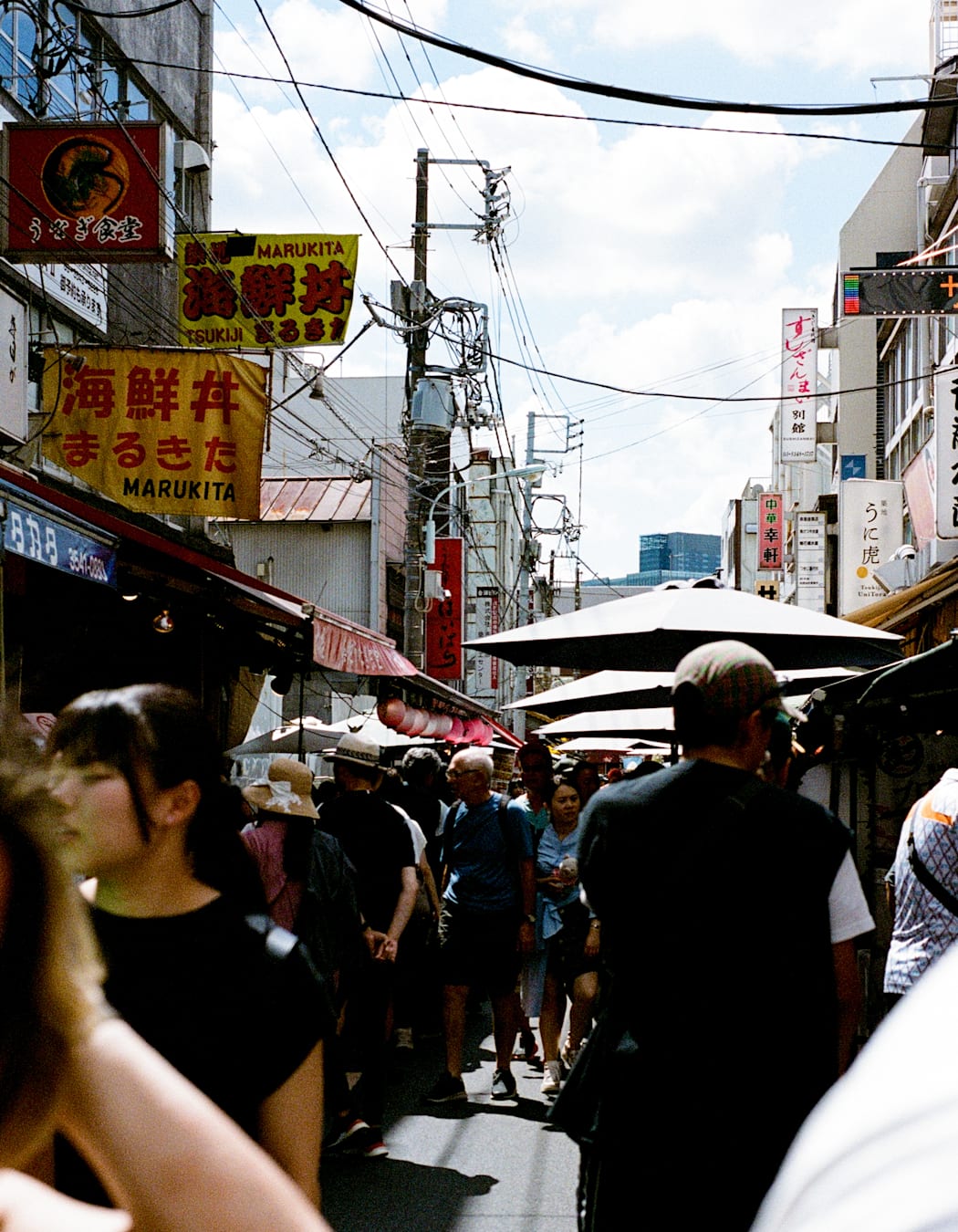
Afterwards, you’re a five-minute walk from Tsukiji. This was formerly Tokyo’s wholesale fish market, but, since the official proceedings have moved to a more modern space further south, this warren of alleyways has mushroomed into one of the city’s most famous tourist spots. It’s managed to maintain an old-world feel, with independent shop-holders honing their edible crafts, ranging from dried-fish products to soft cubes of hot, sweet and salty Japanese omelette. Arrive at 8am when it’s less crowded and stop to snack on fabulously fresh nigiri at the iconic Sushidai. It’s hard to find bad food in Japan, but you’ll stumble into some of its best sushi joints here.
For a bit of foodie theatre, stop by one of the tuna specialists, such as Kiyomura Maguro Nigoten, to see the staff cleave through huge swathes of the dark pink meat like it’s butter.
SATURDAY: AFTERNOON
One joy of Tokyo is its fascinating obsession with specialisms. Kitchenware fanatics should take the short Metro ride to Kappabashi Dōgu-gai. The shop-lined street is where restaurant owners buy plastic mock-ups of menu items, signage, uniforms and industrial-scale kitchen equipment; but there’s plenty for tourists, too. Meander up and down both sides of the long drag, deciding which memento to take home: tiny ginkgo-leaf-shaped chopstick rests or delicate handmade ceramics from Utsuwa Maesaka, or a razor-sharp knife from Meisyou that might cost four times the price back home. For keen cooks, you can’t beat a carbon steel knife, ground and polished to perfection in front of you.
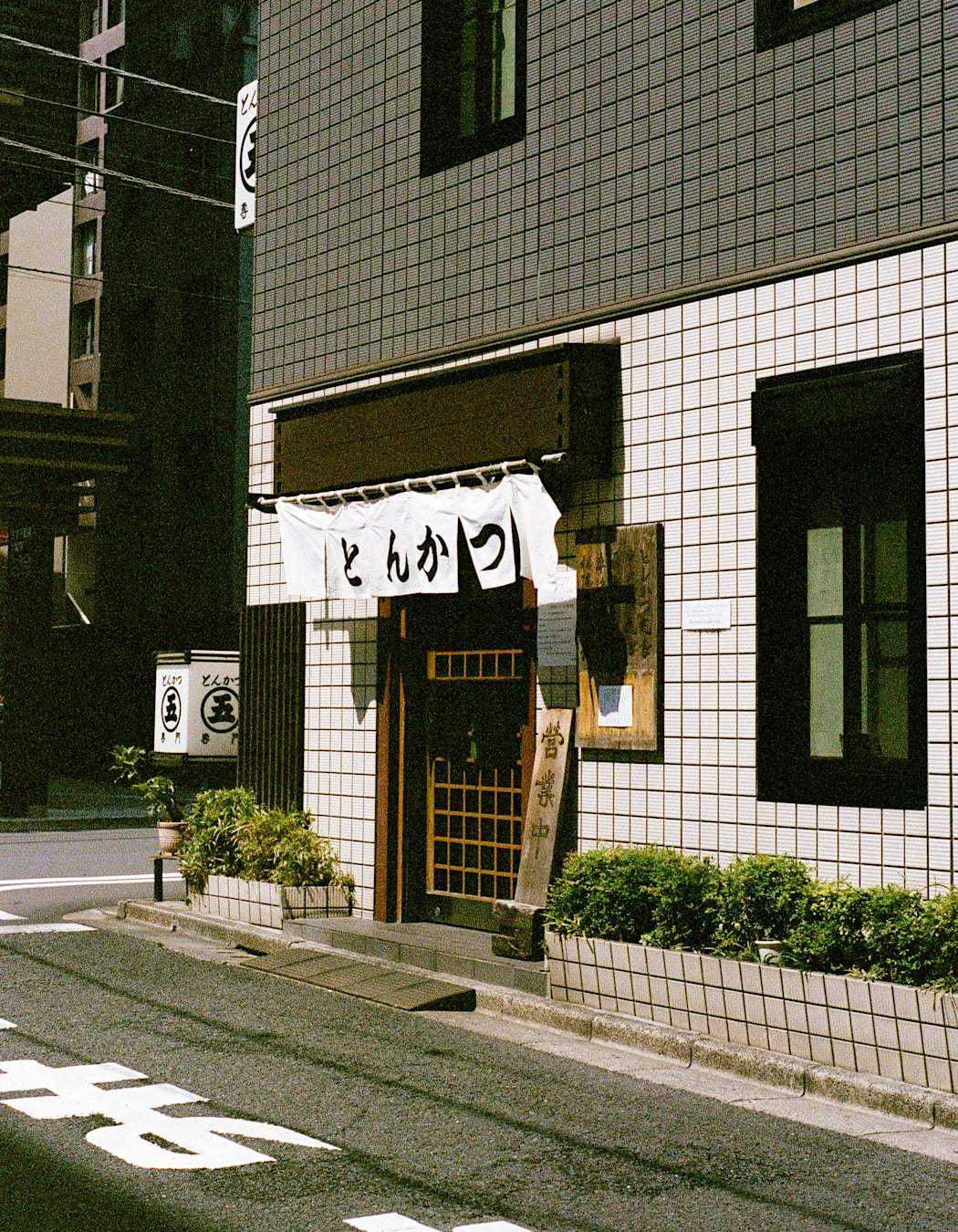
If your legs are up to it, embark on a 45-minute walk to lunch. The route will take you through the Ueno Ameyoko Shopping Street, with its dazzling-even-by-day signage and curiosity stores, before depositing you outside Tonkatsu Marugo (1-8-14 Sotokanda). You’ll have plenty of time to admire the neat, old-school frontage, as the restaurant doesn’t accept bookings and the queue can take up to an hour before you’re seated. The scene is a sweet one though, as the owner runs in and out, ushering guests into the restaurant under the fluttering noren fabric curtain concealing the entranceway. As with most places in Tokyo, the best seat is at the bar, where chefs work their precise tonkatsu-making production line, coating, frying and slicing up rich cuts of pork in crispy panko jackets. The very limited menu is centred around this signature dish, which inspires admiration from diners for its soft, yielding meat and golden appearance. A simple sesame-dressed cabbage salad, a few pickles and a good spoonful of your choice of sauce (mustard or the addictive sour, sweet and salty house sauce) rounds off one of the best meals you’ll find anywhere in Tokyo. To avoid disappointment, keep in mind that Tonkatsu Marugo is only open for lunch between 11.30am and 2pm and is cash-only.
While in this corner of town, briefly nose around Akihabara’s flashing-light-filled shops and arcades to see the city’s more manic modern side.
SATURDAY: EVENING
A tonic to the frenzy of Akihabara’s streets is Ginza. Grab a brew at Charcoal Roast Coffee RIN and wander this upmarket shopping district. It’s all gloss and glamour, with striking flagship stores for the world’s most luxurious brands — housed in all kinds of architectural intrigues — alongside unmissable local institutions. Ginza Itoya is a multi-storey stationery store filled with beautiful papers, displays of pens and floors of pristine cards. There’s a Uniqlo, complete with a flower shop, photobooth and café around the corner; and department store Matsuya Ginza has a dedicated soy-sauce shop in its basement.
When it’s dinnertime, get sidetracked from authentic Japanese fare by Tokyo’s award-garnering pizza scene. Savoy Azabujuban deals in Napoli-style classics on its self-assuredly short menu. The must-order is the marinara with its rich tomato base and paper-thin shavings of garlic.
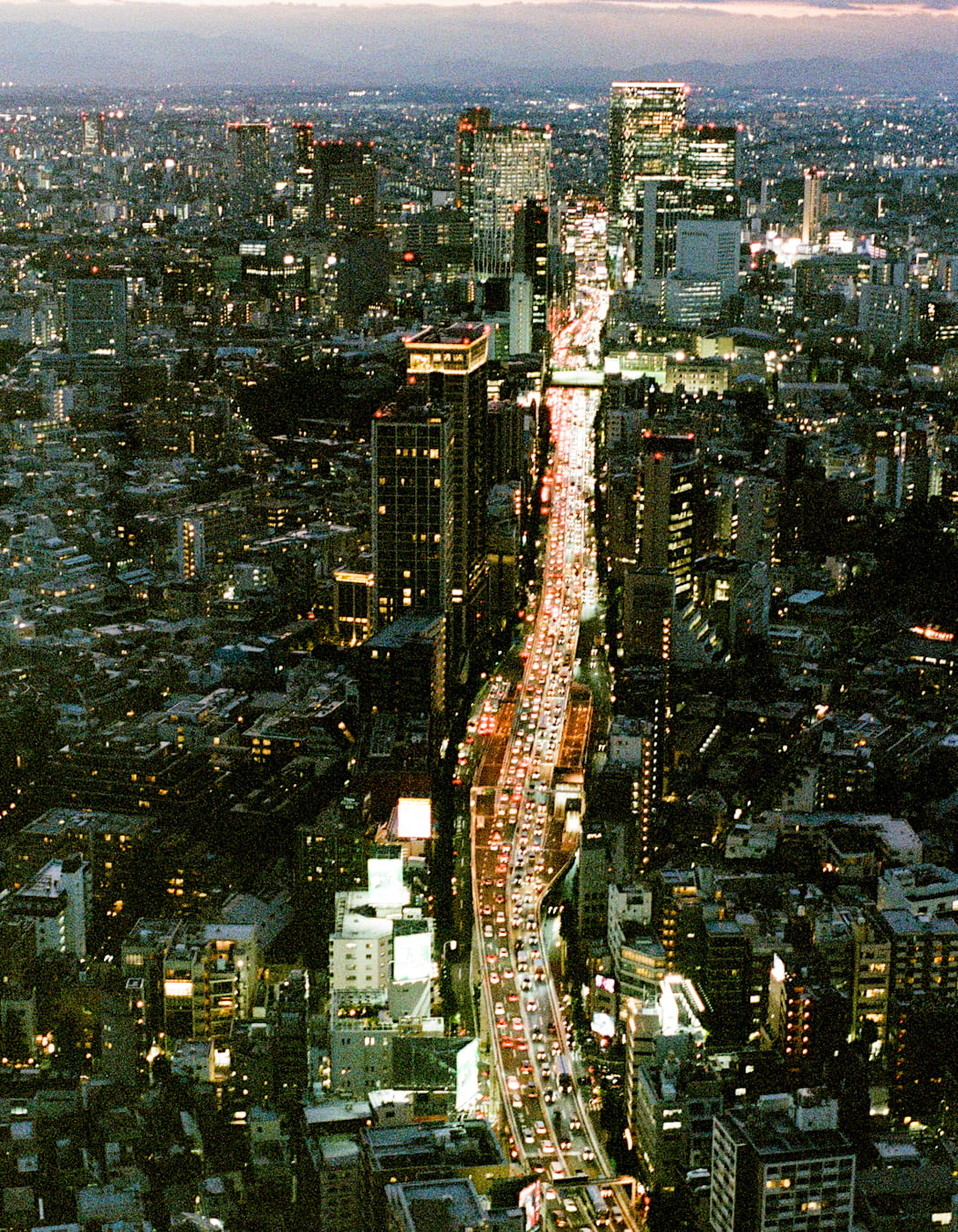
Spend the remainder of the evening between a couple of iconic bars. Continue your slightly inauthentic but delightfully unexpected Japanese experience by grabbing a beer at the first Brooklyn Brewery outside of New York, which can be found at the Hotel K5 (in its other spaces, this property showcases a luxurious mix of Japanese-Nordic design). Next, make your way to Gen Yamamoto, where an omakase-style cocktail menu lets you choose four, six or eight drinks to leave in the hands of the solo barman, Yamamoto-san. Tokyo’s bright lights are all the better in a bit of a blur.
SUNDAY: MORNING
After a busy itinerary, it’s time to relax and rejuvenate at Aman Tokyo’s serene spa. For those travelling with a partner, private couples’ treatment rooms offer a perfect retreat. If you’re seeking solitude, head to the steam room and traditional Japanese baths, or unwind in the relaxation room, where breathtaking views of the city skyline provide the blissful backdrop for peaceful reflection.
There are bigger and better museums in Tokyo than the Nezu Museum (see: Asakura Museum of Sculpture, the Yayoi Kusama Museum and the Mori Arts Center Gallery), but none can offer its serenity. Its galleries are pleasingly minimalist and have some interesting works, but the gardens are where this pit-stop really pays off. Behind it — a world away from the frenetic energy you left at the doorway — a network of pathways winds through bamboo forests, past bonsai trees and over small stepping stones as you cross the garden’s ponds and streams.
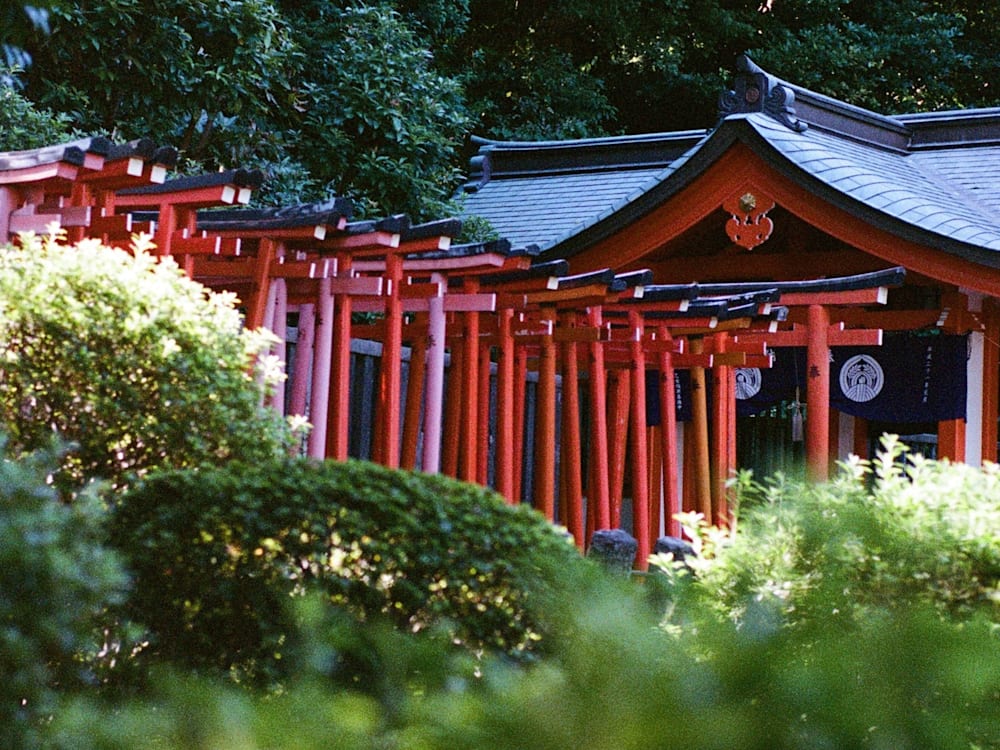
On your way to the next stop, pick up a few souvenirs in Hands — often described as the Harrods of Japan — and enjoy a refreshing serve, made using carefully sourced botanicals from Iyoshi Cola, the country’s first craft cola maker.
SUNDAY: AFTERNOON
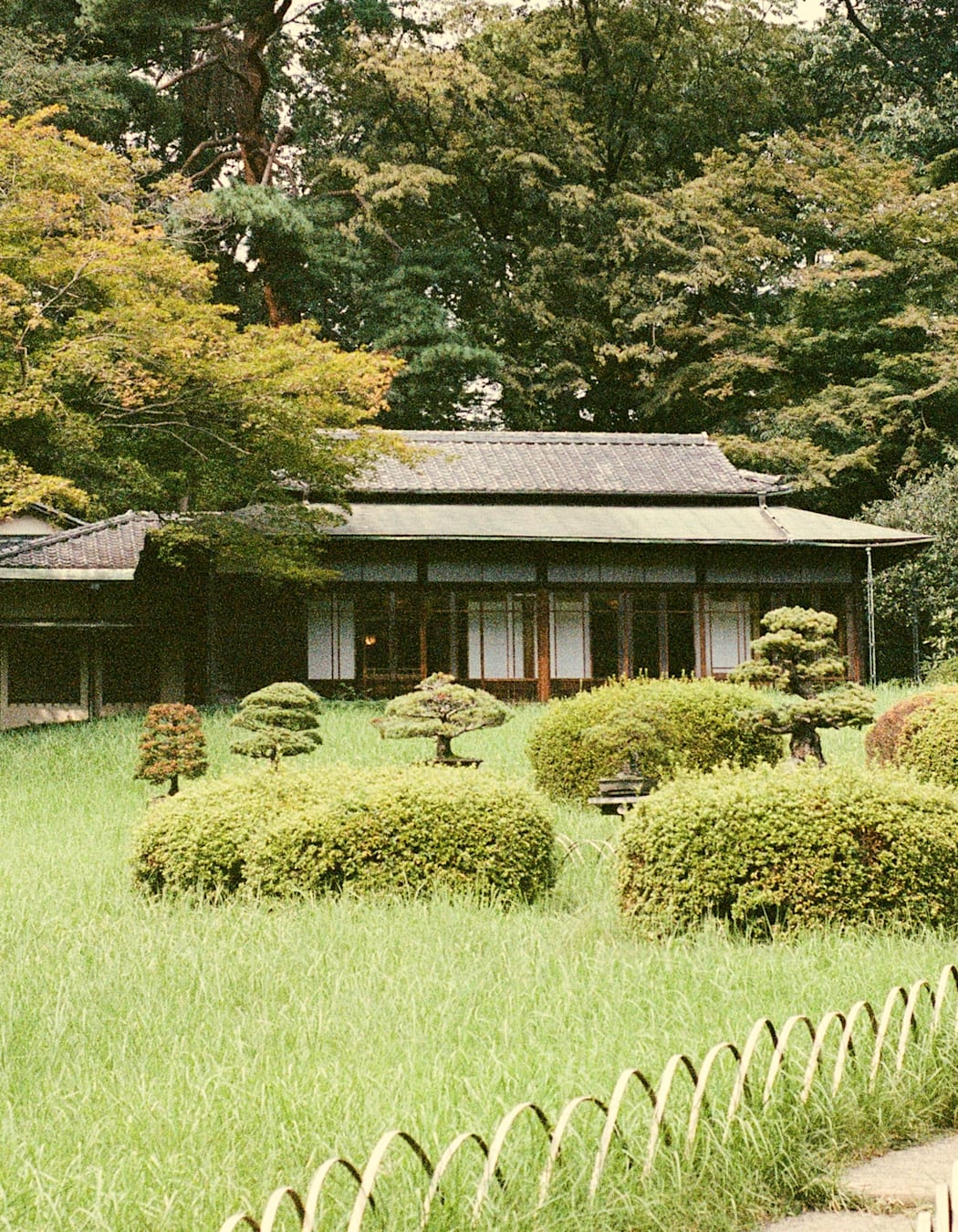
From Shibuya, you’re well placed to visit the Meiji Jingu shrine. Here, you’ll find wonderful gardens that are home to a royal tea house, as well as the largest torii gates in Japan, a wall of consecrated sake barrels and a forest made up of hundreds of thousands of trees donated by the people of Japan to the emperor. The shrine sits at the centre, with its regal red and gold detailing, and attracts a steady stream of worshippers and curious visitors.
As lunchtime calls, Udon Shin answers. It’s a tiny restaurant serving two dishes: chewy handmade noodles and intoxicatingly crisp tempura. Beware, there’s a pretty excruciating ordering system that requires you to take a ticket and wait to be called back via the app, before joining the queue. As you wait to be summoned, head to the nearby Tokyo Metropolitan Government Building Observatory for access to some of the best views in the city for free.
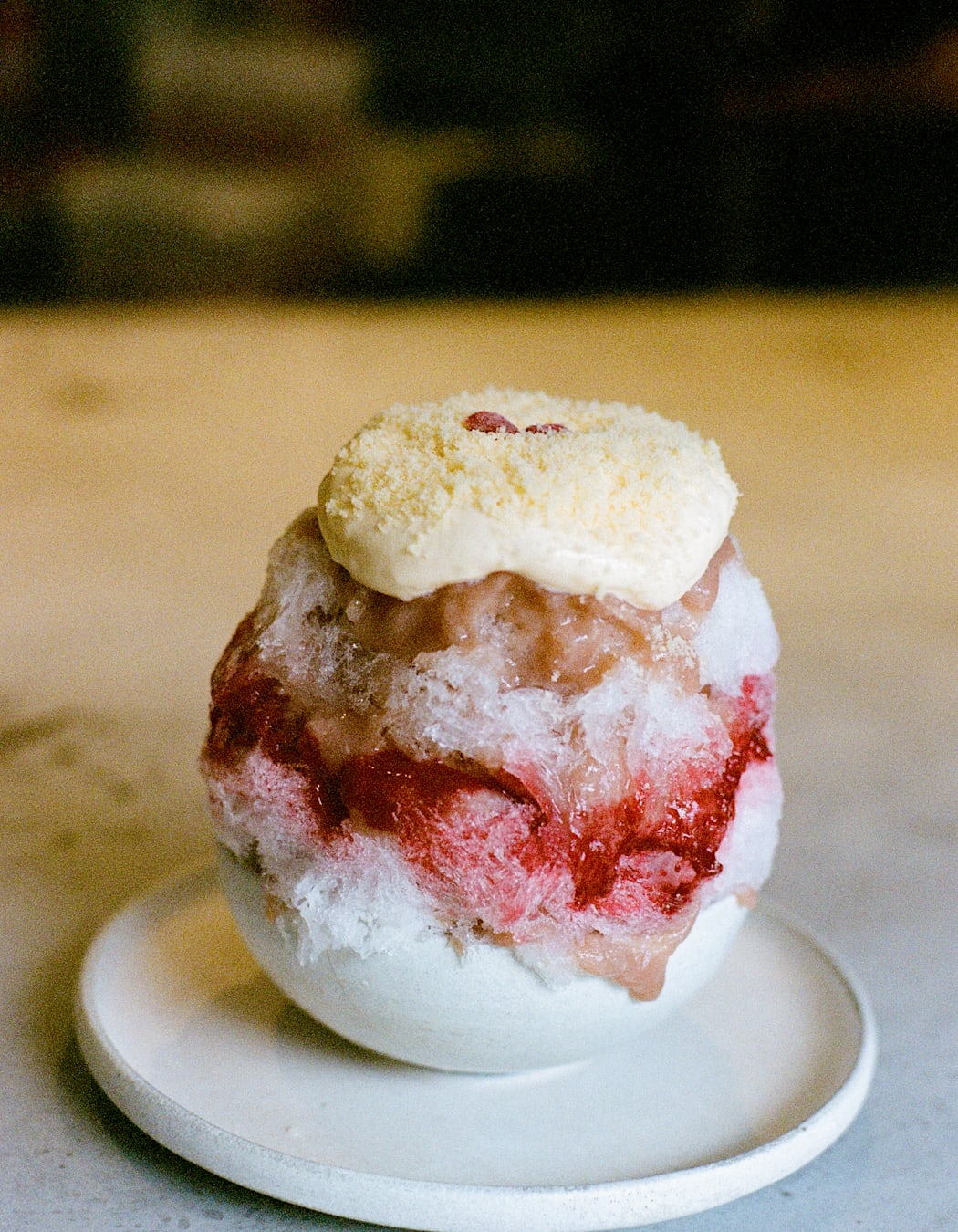
Some experiences are so unique to the city that they’ll stay with you long after you’ve left. One of those is dessert at Azuki to Kōri, ideal for a post-lunch pick-me-up. This bijou café serves exquisite shaved-ice desserts that trade typical sugary sauces for ingredient-led flavour combos, like a peach melba of white-peach purée, fresh fruit, jelly, biscuit pieces and a sabayon. These are piled onto ice flakes to create mouthfuls of pure childhood fantasy in the final towering product.
SUNDAY: EVENING
You’ll need to carve out some free time in Tokyo, too — allow yourself moments to explore backstreets, dive into shops or search out off-the-beaten-track temples. Delightfully ramshackle alleyway Omoide Yokocho is a ticket to old Tokyo — its name even means ‘memory lane’. Work up an appetite wandering its gauntlet of scent-billowing izakayas, then head for Fūunji for your last meal of the weekend. There’s only one thing to order here (and you’ll likely have to queue for it, I’m afraid): the dipping ramen. Ask for an extra egg and slurp your way through the rich broth with the umami tang of soy sauce.
End your weekend in Tokyo by crossing off one last tourist spot. Golden Gai may be busy, but this neon-lit rabbit-hole of bars is also a fascinating look at the city’s past. Back in 1945, it had a rougher reputation for prostitution and black-market trading, before becoming a haunt for local creatives. Now, it’s a jumble of some 200 watering-holes set over six alleyways. Each holds just a handful of guests, so if you find a seat, you’ll be privy to an authentic local experience. Try a few, find your favourite and then settle in for the night. Note that some bars won’t accept tourists, many take cash only and the area starts getting lively from around 8pm.
NEED TO KNOW
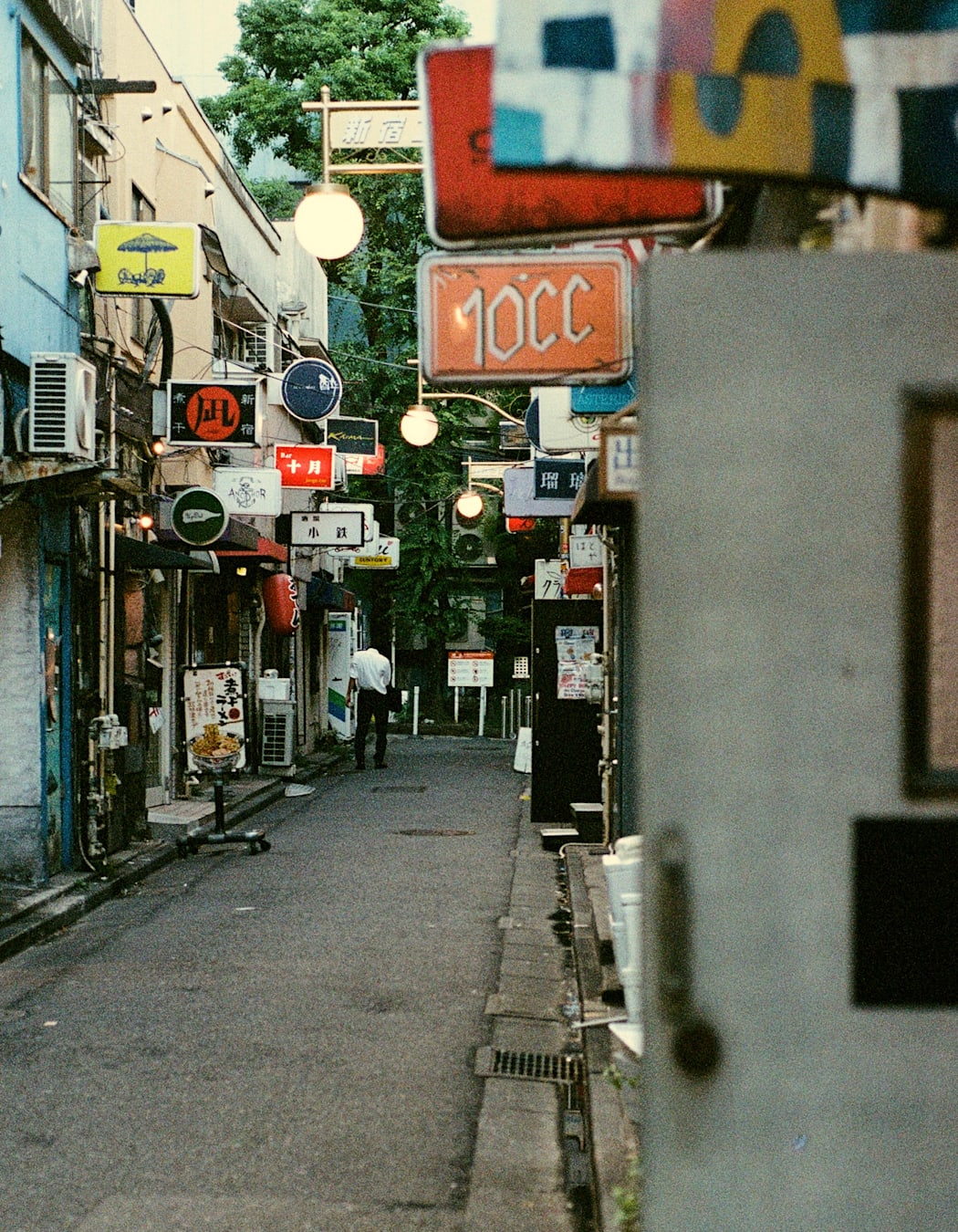
Before you travel Before you arrive in Tokyo, download the Pasmo pass into your phone’s wallet — you can use this to ride the Metro network and make payments in many shops. It’s also worth renting a portable WiFi box to make navigating as easy as possible. You’ll find a Global WiFi outlet at Haneda Airport as you leave arrivals.
Getting around You’ll fly into either Haneda Airport (roughly a 30-minute drive from the centre) or Narita (around an hour’s drive away). Once you arrive, the Metro is very efficient and well signposted for visitors. Ubers are also readily available and easy to order through your phone as normal. But everyone should hop in a classic Tokyo taxi — with their uniformed drivers, self-opening doors and lace seat covers — at least once.
Good to know As a country, Japan puts great emphasis on respect. It’s frowned upon to eat or drink in the streets, speak loudly on the Metro or take photographs of people without their express permission. Tipping isn’t a thing, so there’s no need to add service at mealtimes. You should also give and receive money with both hands (on which, a lot of places in Tokyo still only accept cash, so carry a stash with you). And even a few basic Japanese words go a long way to keeping everyone happy.
What to buy There’s an endless list of covetable souvenirs, but some favourites include teas, ceramics, knives and stationery, as well as bigger tech purchases.
See more of our ‘48 hours in…’ series here
All imagery by Rosie Conroy



